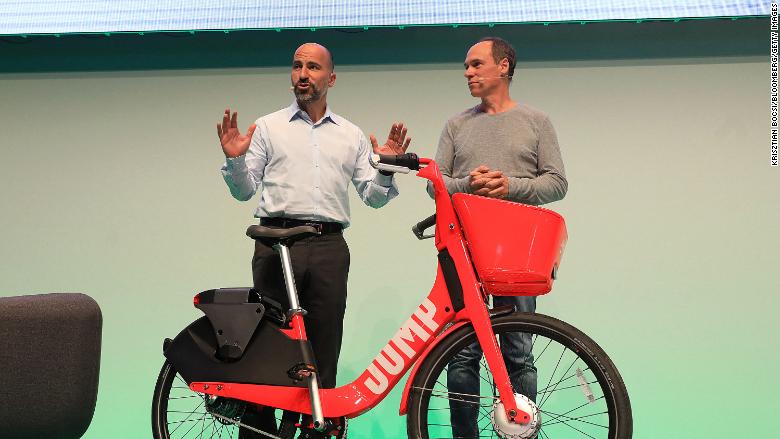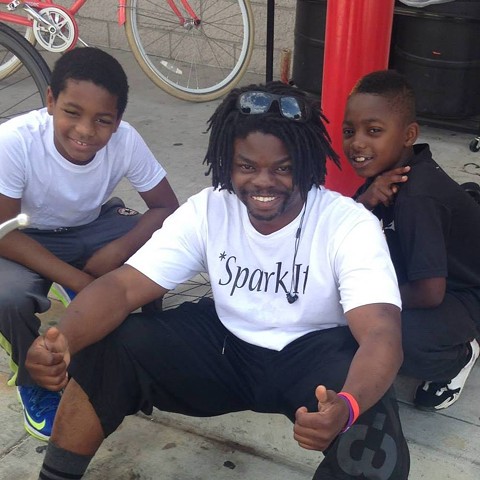Today is Labor Day here in the US.
In years past (here and here), I've written about the ways in which bicycle manufacturers, at least in this country, haven't always treated workers very well. Now there's not much left of the cycle industry: All but the most expensive bikes from makers like Trek and Specialized are made in countries where workers make much lower wages and have practically no rights.
Unfortunately, that brings me to our current President. How any working person can see him as an ally is beyond me.
I mean, he imposed tariffs with the ostensible purpose of bringing jobs back to this country. But I don't think steel mills, let alone bicycle factories, are going to reappear in the US any time soon, if ever. And, tariffs or no tariffs, corporations will go to wherever they can get the job done at the lowest cost. That leaves the rest of us holding the bag: Unless you're buying a bike like Shinola or the most expensive racing machines from Trek or Specialized--or a custom frame--it's all but impossible to find a bike that's made in the US. And, even those super-bikes are outfitted with components that come from those low-wage countries.
Then again, for some categories of products, there isn't even a partially-made-in-the-USA alternative to something from China or Indonesia or wherever. Just try to find a computer or "smart" phone, or just about any article of clothing (except, again, for the most expensive) that's made in any fair-wage country where workers can organize.
Still, I think cycling is a better remedy than automobile travel or other kinds of industry for workers and their rights. Dependency on fossil fuels (or, worse, fracking or nuclear power) will not make workers safer, healthier or more prosperous: Only cleaner, "greener" jobs can do that in the current economy.
And at least we can still enjoy a ride on this day. It sure beats sitting in traffic!
In years past (here and here), I've written about the ways in which bicycle manufacturers, at least in this country, haven't always treated workers very well. Now there's not much left of the cycle industry: All but the most expensive bikes from makers like Trek and Specialized are made in countries where workers make much lower wages and have practically no rights.
Unfortunately, that brings me to our current President. How any working person can see him as an ally is beyond me.
I mean, he imposed tariffs with the ostensible purpose of bringing jobs back to this country. But I don't think steel mills, let alone bicycle factories, are going to reappear in the US any time soon, if ever. And, tariffs or no tariffs, corporations will go to wherever they can get the job done at the lowest cost. That leaves the rest of us holding the bag: Unless you're buying a bike like Shinola or the most expensive racing machines from Trek or Specialized--or a custom frame--it's all but impossible to find a bike that's made in the US. And, even those super-bikes are outfitted with components that come from those low-wage countries.
Then again, for some categories of products, there isn't even a partially-made-in-the-USA alternative to something from China or Indonesia or wherever. Just try to find a computer or "smart" phone, or just about any article of clothing (except, again, for the most expensive) that's made in any fair-wage country where workers can organize.
Still, I think cycling is a better remedy than automobile travel or other kinds of industry for workers and their rights. Dependency on fossil fuels (or, worse, fracking or nuclear power) will not make workers safer, healthier or more prosperous: Only cleaner, "greener" jobs can do that in the current economy.
And at least we can still enjoy a ride on this day. It sure beats sitting in traffic!


















